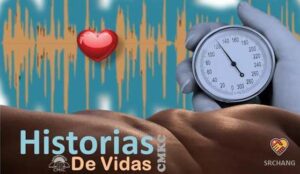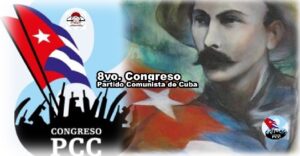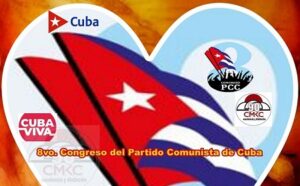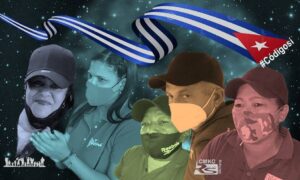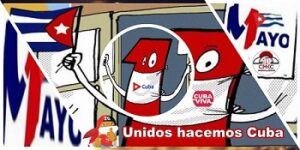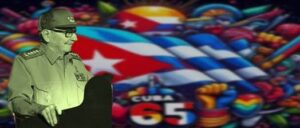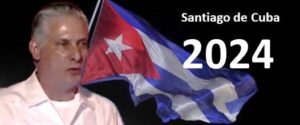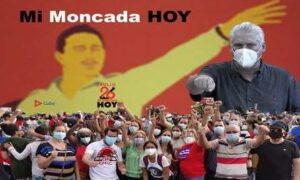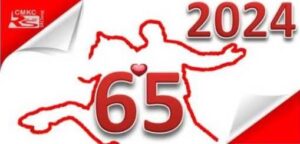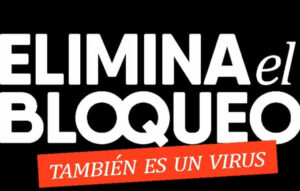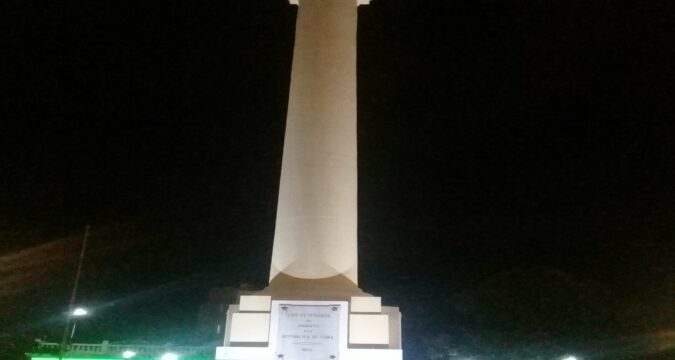
Translater: Guillermo Rodriguez Cortes.
Some of the great historians, such as Regino Boti, Sergio Aguirre and Jorge Ibarra Cuesta, have proposed to call the events that initiated the War of 95 as the Grito de Oriente. Another outstanding historian, Hortensia Pichardo, would go deeper into the concept:
«… To make the heroic Baire the isolated or main center of the uprising, would be to ignore that on February 24th, 1895 as a result of Marti’s wise tactical orientation, what took place was, although not in the foreseen and needed scale of Marti’s project, a simultaneous uprising, with which the Delegate of the Cuban Revolutionary Party expected that the war flame would ignite in the whole Island to allow the Necessary War to have -as he used to say-, the brevity and effectiveness of lightning…». But there was a series of antecedents to the Cry of Baire:
At the end of the 19th century, Spain only had the colonies of the Mariana Islands, the Caroline Islands and the Philippines in the Pacific. As well as Cuba and Puerto Rico in the Atlantic. After continuous insurrections throughout the colonial era, the independence of the Spanish colonies in America began to take shape as a result of the disputes between Charles IV and his son Ferdinand for the Spanish throne. The colonies began a series of insurrections with the objective of achieving independence, which was accomplished in 1898 with the so-called Spanish-American War.
In Cuba in 1868, the Cry of Yara, a revolt with a secessionist tinge, led by Cespedes, aimed at the abolition of slavery. A war that would last until 1878 and ended with the Zanjon Peace Treaty. From this agreement the Cubans expected that the Spanish Administration would grant them the same rights of political representation in the Cortes that the peninsular Spaniards had, the participation in the government of the island, the freedom of commerce and the abolition of slavery. None of these were carried out. Thus, the ineffectiveness of the Spanish administration consolidated the Cuban independence movement, which was supported by the United States.
The Short War (1879-1880) was a new insurrection of the Mambises against the Spanish presence. A setback for the rebels. In 1891, the Spanish government raised tariffs on imported products that did not come from the Peninsula.
The United States, main buyer of Cuban sugar and tobacco, protested and threatened to close the doors of the American market to these products if Spain did not modify this tariff policy. In 1892 Jose Marti founded the Cuban Revolutionary Party with support from abroad and from the leaders who had fought against Spain in the Ten Year War.
In 1895 the Cry of Baire had a generalized uprising that quickly spread throughout the island. General Martinez Campos was sent with an army to quell it. He understood that pacification required both a strong military action and a political effort of conciliation. He did not manage to control the rebellion and was replaced by Valeriano Weyler who initiated a harsh repression and organized the concentration of peasants.
On the military level, the war was not favorable to a poorly supplied Spanish army, sick with yellow fever, fighting in hostile and unknown territory against an enemy who knew the wilderness perfectly. In 1897, U.S. separatist attempts were notable, but the necessary war moved towards the West.

